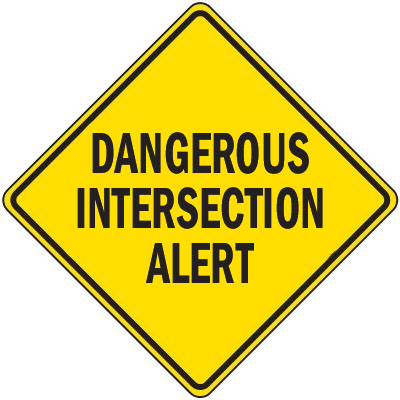The I-70 Westbound On-Ramp from Adams Dairy Parkway is a danger zone primarily because it is highly constrictive, making it very difficult for drivers to get up to speed to safely merge with I-70 Highway speed traffic.
This particular on-ramp is especially dangerous during rush hours and other times when traffic volumes are the highest. I don’t regularly use this intersection, but Blue Springs residents have urged me to warn people about the hazard, including one lady who will not allow her teen drivers to use the on-ramp.
Given all of this, I would appreciate it if you would share this post with your family and friends.
The main purpose of an on-ramp is to allow traffic to accelerate to match the speed of the drivers on the highway so that they can merge without having to slow/stop and wait for a long gap. In fact, when I was learning to drive my Dad called these “acceleration ramps”.
The ramp at Adams Dairy onto Westbound I-70 is particularly tricky for unsuspecting drivers. Here are the danger points.
- First, this uphill on-ramp initially permits TWO lanes of traffic. About ½ way up the ramp the right lane ENDS forcing traffic to merge at a point when drivers are also concerned with increasing speed in order to merge with highway traffic averaging close to 70 mph.
- Complicating the problem is the fact that the ramp is relatively short and its on an UPHILL slope. After negotiating a merge with other traffic sharing the on-ramp, within a short distance, drivers now find themselves confronted with having to merge a SECOND time, this time with traffic coming up from behind at high speeds.
- The primary collision danger is at the point when the slower on-ramp traffic is merging onto Westbound I-70. From the perspective of a driver getting on the highway, you notice that the ANGLE to judge an opening onto I-70 is tough, even using your rear-view mirror.
From the perspective of the driver on Westbound I-70, you are NOT expecting slower traffic to be entering the highway. In my experience, this circumstance creates a higher probability of a violent rear-end collision.






